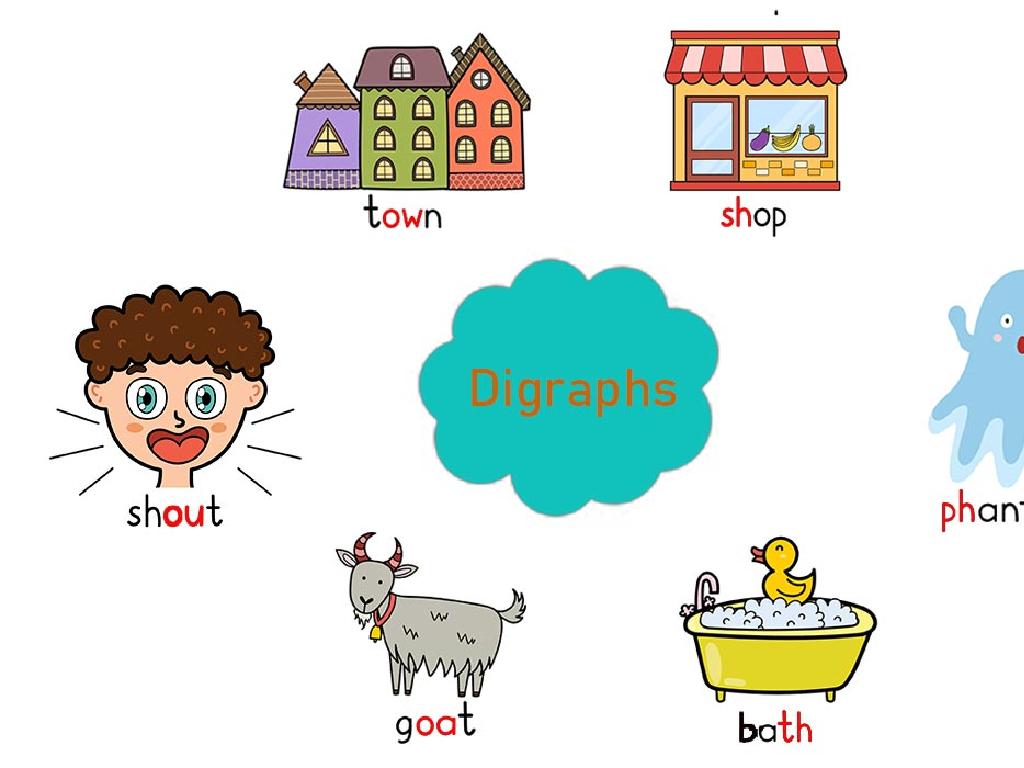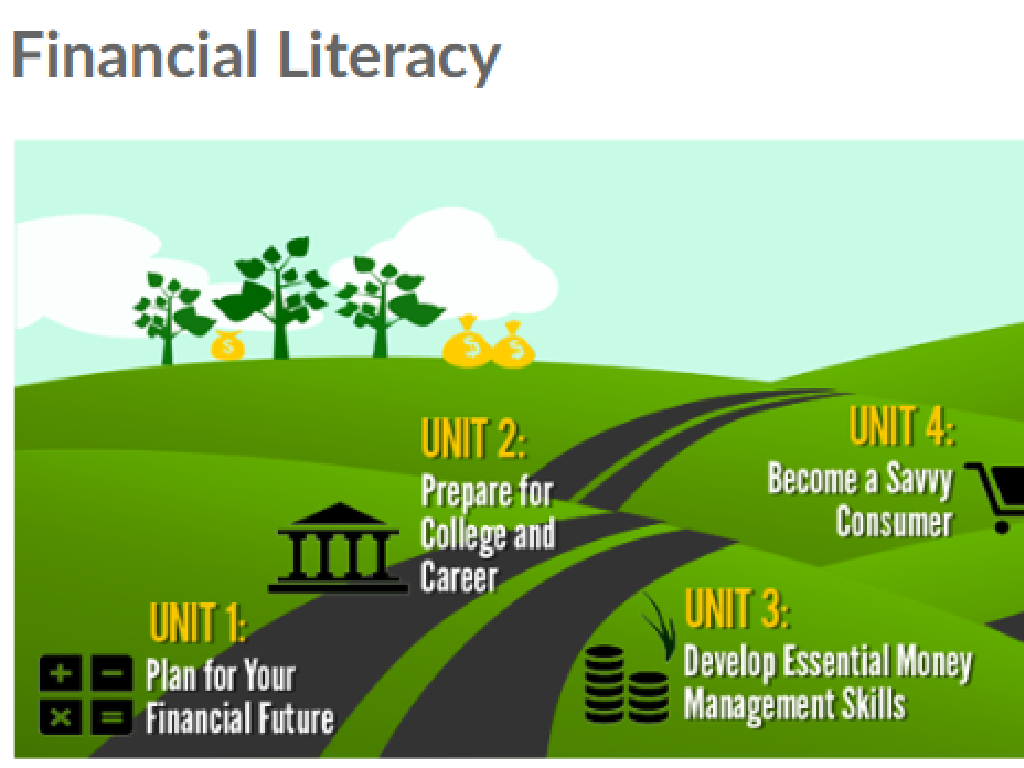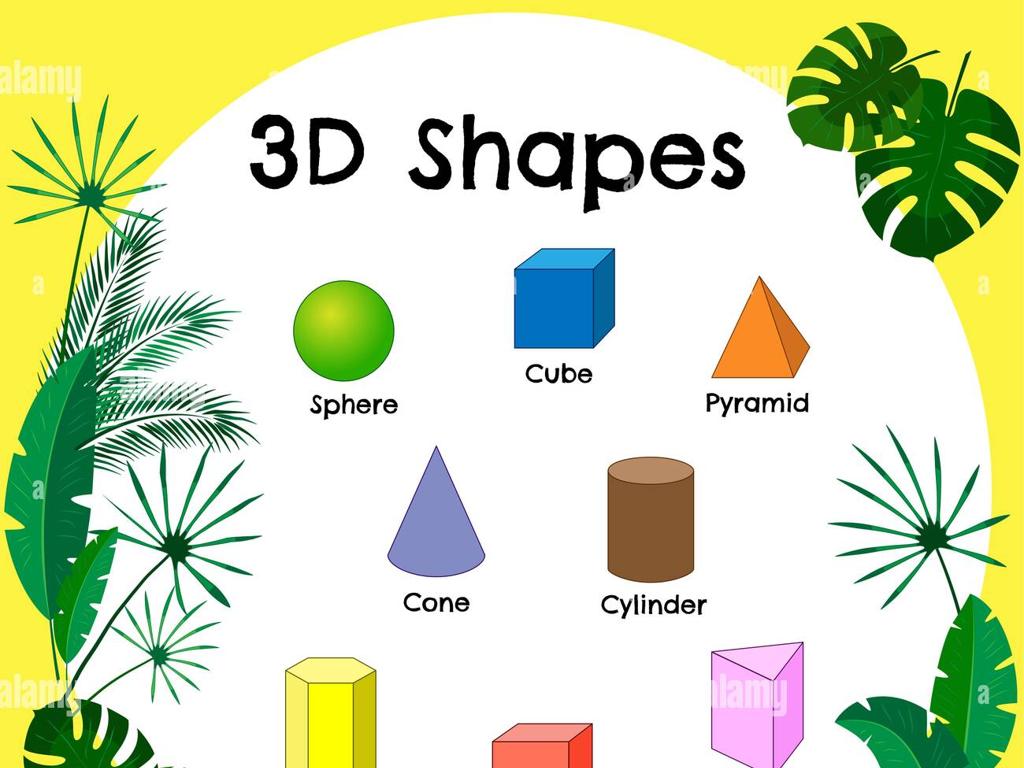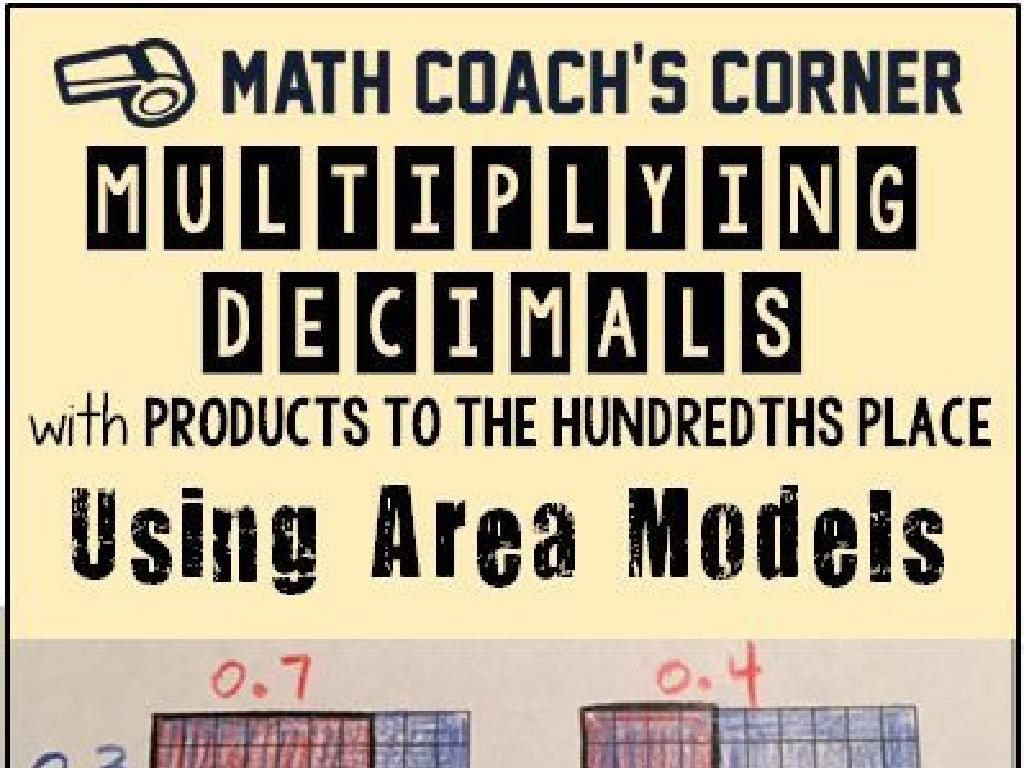The Executive Branch
Subject: Social studies
Grade: Seventh grade
Topic: Government
Please LOG IN to download the presentation. Access is available to registered users only.
View More Content
Exploring the Executive Branch
– Overview of the Executive Branch
– The branch of government responsible for enforcing laws.
– Roles & responsibilities in government
– The President leads the nation, supported by departments and agencies.
– Executive Branch & daily life impact
– Decisions made by the Executive can influence education, healthcare, and security.
– Engaging with civic duties
|
This slide introduces the Executive Branch of the United States government, aiming to provide students with a clear understanding of its structure and function. The Executive Branch, led by the President, is responsible for enforcing the laws of the land. It includes various departments and agencies that handle everything from national security to environmental policy. Students should learn how the actions of the Executive Branch can have a direct effect on their daily lives, such as the quality of their schools and the safety of their communities. Encourage students to think about how they can participate in their government, emphasizing the importance of being informed and engaged citizens.
Exploring the Executive Branch
– One of three government branches
– Alongside Judicial and Legislative branches
– Enforces the nation’s laws
– Ensures laws are applied and followed
– Led by the U.S. President
– The President is both head of state and government
– Works with federal agencies
|
The Executive Branch is a key component of the U.S. Government, responsible for enforcing laws passed by Congress. It’s headed by the President, who is elected every four years. The President’s duties include implementing and enforcing federal laws, appointing heads of federal agencies, including the Cabinet, and conducting diplomacy with other nations. The branch works closely with various federal agencies to carry out its functions. This slide should give students a clear and concise understanding of the Executive Branch’s role in the government. Discuss examples of how the President enforces laws and interacts with other branches to provide a practical understanding of the Executive Branch’s functions.
The President’s Role in the Executive Branch
– Leader of the Executive Branch
– Makes key national decisions
– Decides on policies, manages crises
– Signs bills into law
– Approves or vetoes legislation
– Commander-in-Chief of Armed Forces
– Oversees military operations
|
The President of the United States holds a vital position within the government, acting as the head of the Executive Branch. This slide outlines the President’s primary responsibilities, including making crucial national decisions that shape domestic and foreign policy, signing bills passed by Congress into law or vetoing them, and representing the U.S. in diplomatic matters. Additionally, the President serves as the Commander-in-Chief of the Armed Forces, responsible for military strategy and national defense. It’s important for students to understand the weight of these duties and how they impact the functioning of the country.
Other Key Roles in the Executive Branch
– The role of the Vice President
– Supports President, may succeed if necessary
– Cabinet members and their advisory role
– Provide specialized advice on different areas
– Departments and agencies within the Executive
– They execute federal laws and regulations
– Examples: Dept. of Education, EPA
– Dept. of Education focuses on national education policy, EPA protects human health and the environment
|
This slide aims to introduce students to the various components and key roles within the Executive Branch of the U.S. government, aside from the President. The Vice President’s primary role is to support and be prepared to replace the President if required. Cabinet members are appointed to advise the President on specific sectors such as defense, health, and more. The Executive Branch also encompasses various departments and agencies responsible for implementing and enforcing federal laws, each with a specialized focus area. For instance, the Department of Education develops policies on federal financial aid for education, collects data on America’s schools to guide improvements, and focuses on increasing access to education. The Environmental Protection Agency works to protect human health and the environment. Encourage students to think about how these roles and departments impact their daily lives and the functioning of the country.
The Executive Branch: Enforcing Laws
– President’s role in law enforcement
– Can sign or veto bills from Congress
– Federal agencies and regulations
– They draft detailed rules to implement laws
– Executive Branch ensures compliance
– Monitors and enforces adherence to laws
– Impact on society and daily life
|
This slide aims to explain the role of the Executive Branch in law enforcement. The President has the power to approve or reject bills passed by Congress, which is a significant part of how laws come to be. Federal agencies then create detailed regulations that provide guidelines on how the laws should be applied and followed. The Executive Branch, through various departments and agencies, is responsible for ensuring that these laws and regulations are adhered to by individuals and organizations. Discuss the checks and balances system and how the President’s veto power is a critical tool in this process. Provide examples of federal agencies, such as the Environmental Protection Agency (EPA), which creates regulations to protect the environment and ensure public health. Emphasize the importance of these roles in maintaining order and protecting the rights and well-being of citizens.
Checks and Balances in the U.S. Government
– Executive Branch balance
– Balanced by Legislative and Judicial branches
– Prevents power concentration
– System designed to maintain equal power distribution
– Congress checks the President
– Congress must approve/reject treaties and presidential appointments
– Supreme Court’s judicial review
– Supreme Court can declare Presidential actions unconstitutional
|
This slide explains the concept of checks and balances, which is fundamental to the U.S. government’s structure. The Executive Branch, headed by the President, is kept in check by the other two branches to prevent any single branch from gaining too much power. Examples include Congress’s role in approving treaties and the Supreme Court’s ability to review and possibly invalidate presidential actions. It’s crucial for students to understand how this system works to appreciate the foresight the Founding Fathers had in creating a balanced government. Discuss real-life scenarios where checks and balances have been applied to provide context and deepen understanding.
The Executive Branch in Action
– President signs new education law
– Example: A law providing more funds for schools
– Impact on schools and students
– Changes could include updated textbooks, better facilities
– Journey of a law: proposal to enforcement
– Starts as a bill, then Congress debates, and President enacts
|
This slide aims to illustrate the practical workings of the Executive Branch by using a relatable example such as the President signing a law to improve education. Discuss the potential positive impacts of such a law on schools and students, like new resources or programs. Explain the process a bill undergoes before becoming law, including drafting, debate, approval by Congress, and finally, the President’s signature which enforces it. This will help students understand the checks and balances in place and the collaborative effort between different branches of government. Encourage students to think about how laws in their own community have affected their education experience.
Class Activity: Executive Branch Simulation
– Role-play the Executive Branch
– Assign roles: President to Agency Directors
– Simulate a new law proposal
– Discuss the Executive response
|
This interactive class activity is designed to help students understand the functions and responsibilities of the Executive Branch of the U.S. government. By assigning roles such as the President, Vice President, Cabinet members, and Federal agency directors, students will gain insight into the decision-making process and collaborative efforts within the Executive Branch. The scenario will involve a proposed new law and students will role-play how the Executive Branch would respond, including deliberation, advice, and action. Teachers should prepare a scenario in advance, guide the role-play, and ensure that each student actively participates. Possible variations of the activity could include vetoing a bill, responding to a national crisis, or implementing a policy. This hands-on experience aims to foster a deeper understanding of the Executive Branch’s role in governance.






